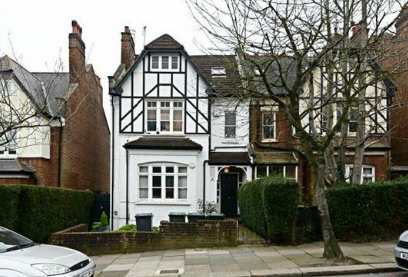In the late 1980s, mortgage rates were in double digits. But as of last week, home loans can be secured for under 1%.
Chelsea Building Society introduced a 0.98% deal for borrowers with large deposits or equity worth 35% of the property’s value. A fee of £1,545 also applies.

Fix a Mortgage Before Rates Rise
Currently, every week is seeing lower and lower rates from competing lenders. Most of this action has been in the fixed rate market, with Yorkshire Building Society offering a 1.07% fix over two years for the same level of deposit and a £1,369 fee.
But don’t take these rates at face value – Chelsea’s loan is a tracker rate. This means that repayments will decrease or increase in line with the Bank of England’s (BoE) base rate, plus 0.48%.
Tracker loans can be cheaper when the base rate is low, as it is at present, but will become more expensive when the rate rises in the future.
The base rate has been at a record low of 0.5% for six years, which could attract borrowers to trackers. But despite inflation also being extremely low, it is unlikely that the base rate will drop further.
It is expected that the base rate will increase in 2016. Ten-year bond rates, which indicate interest rate sentiment, have grown from 1.3% in late January to 2.1% last week. This suggests that markets are becoming concerned about inflation and a solution would be to raise interest rates.
Additionally, if wages begin to push higher, interest rate increases will likely follow.
For borrowers looking for security, a low-cost fixed rate mortgage is the best choice.
Higher interest rates will please the savers who have earned very little in the last six years. Inflation has been low for a long time and annually, this has reduced savers’ returns in real terms.
A recent report from Henderson Global Investors reveals that Britain’s savers earned a total interest of £26 billion in the past five years. However, due to inflation, they have lost £116 billion in real terms, leaving a net loss of £80 billion. This is £3,000 per household.
Henderson suggests that savers place more cash into the inflation-defying stock market instead. The report found that UK equities returned a total of 122% over five years, compared to only 2.2% for instant access savings accounts.
But cash is still necessary. The investment groups recommends keeping at least three months’ income for emergencies and a £2,500 rainy day fund.








